DJI Spark - quadrocopter spark placed in the palm
If you put the quadcopter on the palm of your hand and turn it towards you "face", then it will recognize your smile and take off. And you can ask him to make a photo with the help of gestures.
Yesterday, DJI announced a new product - Spark.
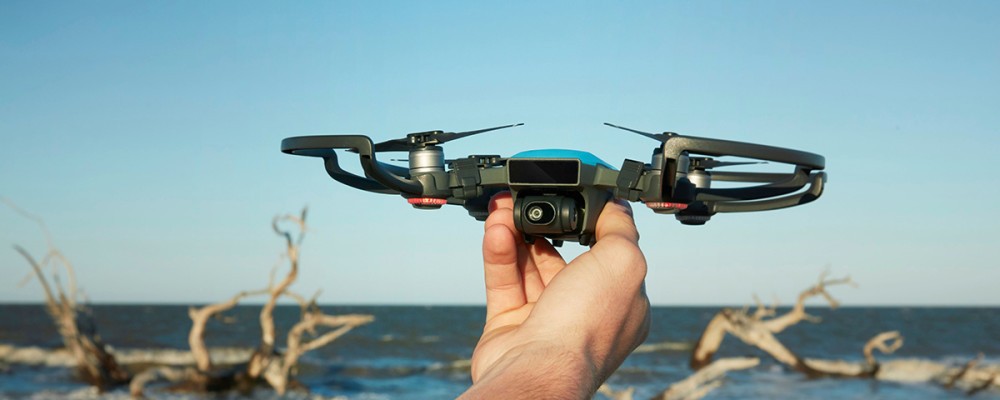
')
Short
Read more
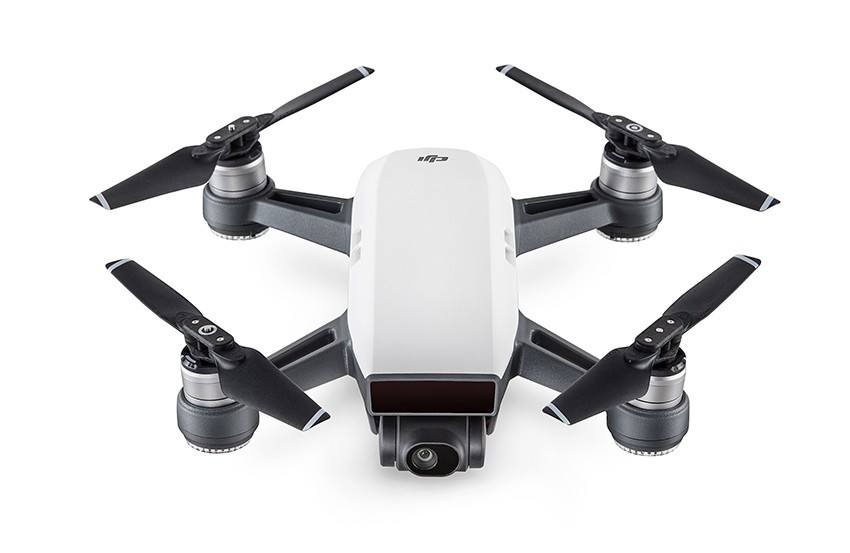
Making a "professional" installation.
Rocket
The drone takes off, the camera looks down.
Dronie
The camera is fixed on one object, and we fly closer-further.
Circle
Fly around.
Helix
We give away in a spiral.
We poke our fingers at the screen, and the drone executes your orders.
Coordinate

Tap on the screen and the drone flies to that point, keeping the same height.
Direction
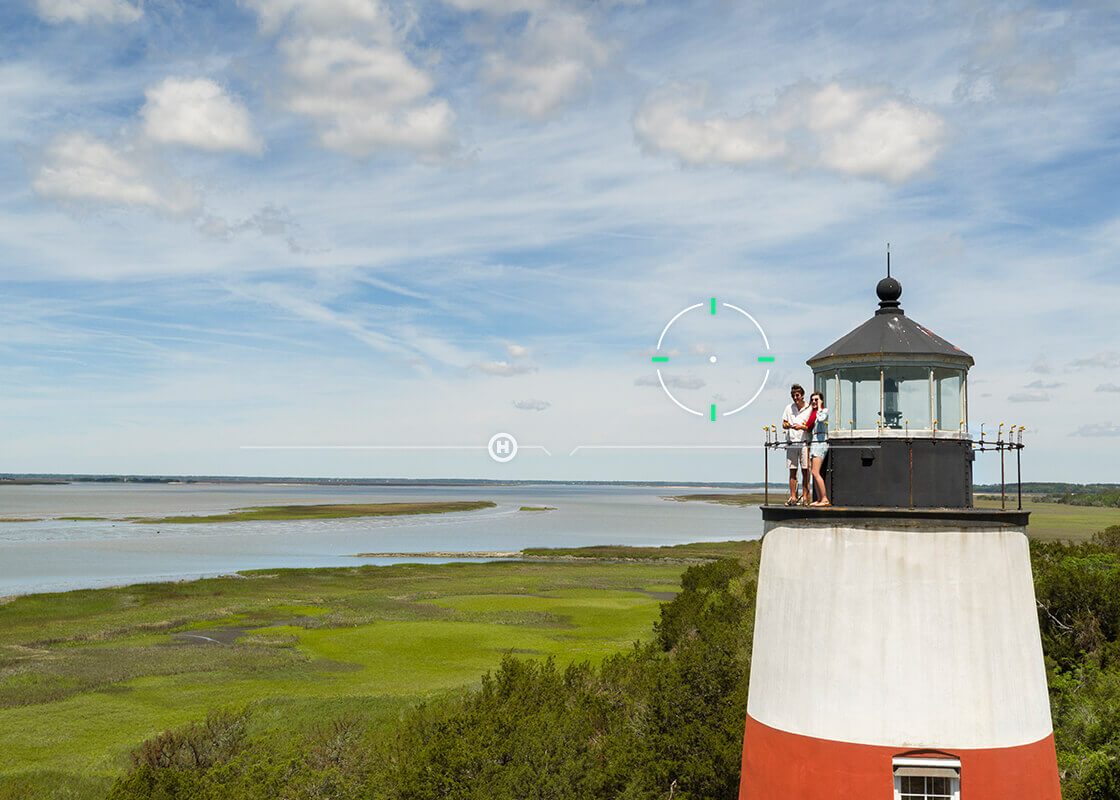
The drone flies in the direction you tapped on the screen.
Using ActiveTrack, Spark automatically recognizes objects of various shapes and sizes and tracks them.
Trace
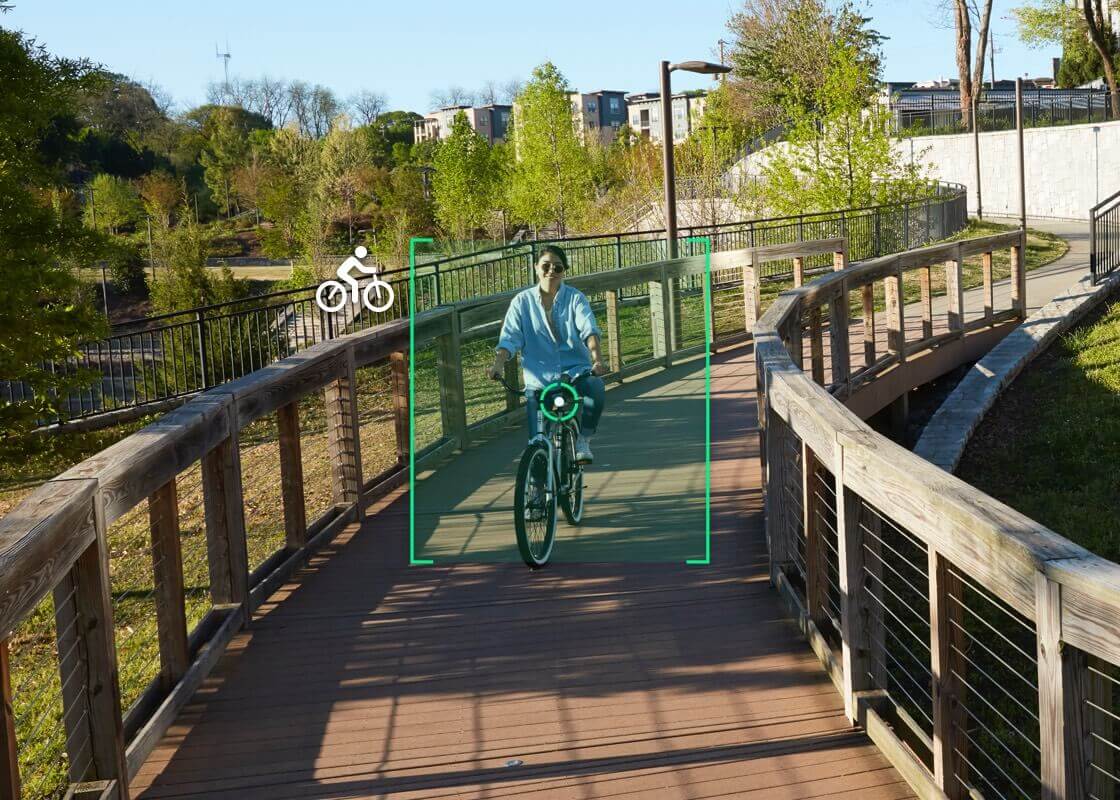
Follows the target from the front or from the back or flies around.
Profile

Follows the goal, maintaining a given perspective.
Deep learning in gesture recognition allows you to take selfies with a simple wave of your hands. Manage the drone hand movements can be using PalmControl mode. You can forget the mobile phone or remote control at home.
Selfies

Raise your hands, wave your palms, make a frame with your fingers - control the drone and take a photo.
Palmcontrol

Spark will follow your hand movements or sit on your palm.

Dual-axis mechanical suspension and UltraSmooth technology reduce jitter and rolling shutter effect (This is the effect of progressively shifting images with horizontal panning associated with progressive reading from CMOS matrices, usually cheap. CCD matrix with full-frame readout and high-quality CMOS do not suffer from this.)
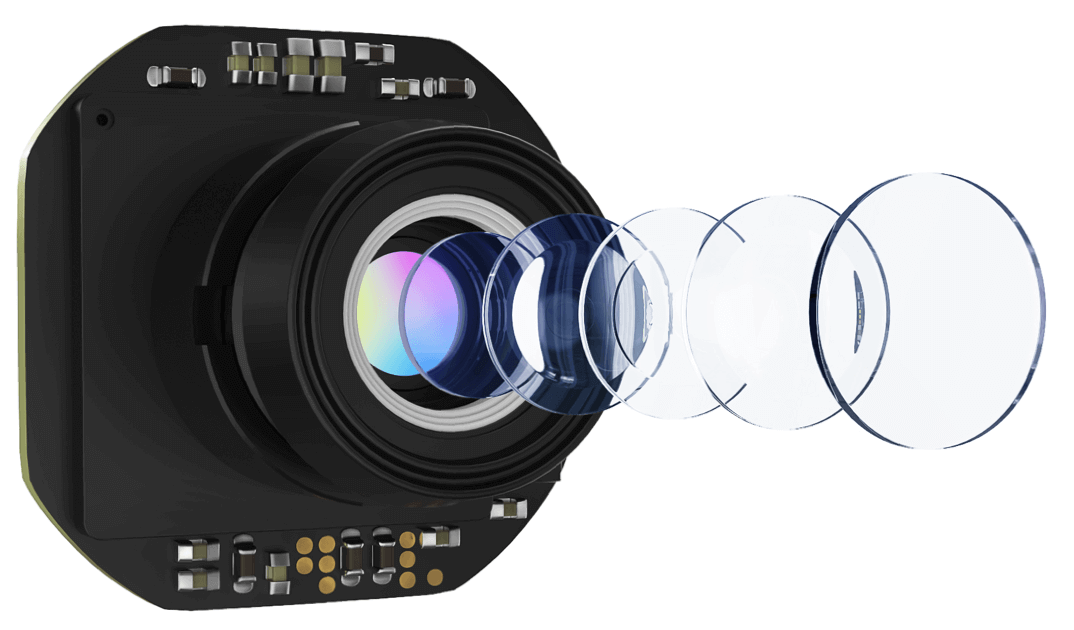
All images with Spark are sharp and saturated with very little distortion and chromatic aberration. Spark has a camera with a wide-angle optics equivalent to 25mm (at 35mm eq) and f / 2.6 aperture. Five elements in 1 group are enclosed in a single case.
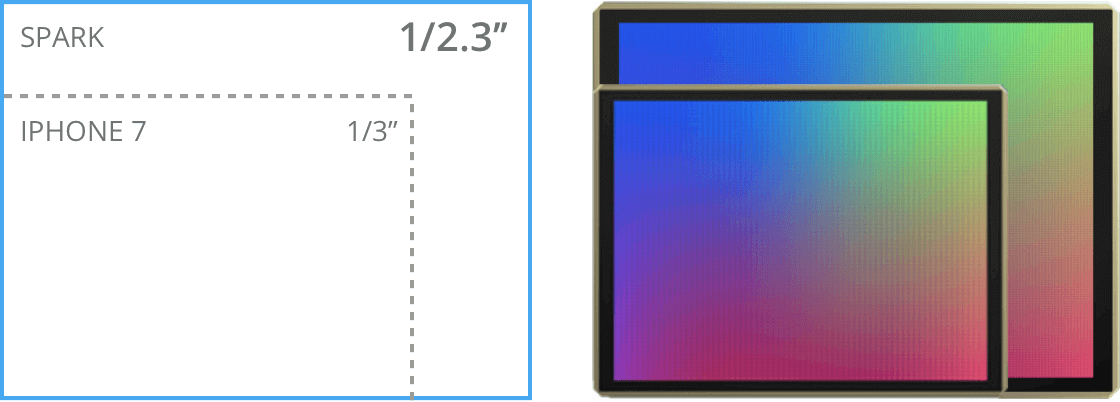
A small and compact 1 / 2.3 inch CMOS camera allows you to shoot 1080p video and 12 megapixel photos. Large pixel size allows you to shoot in low light.
Shallowfocus

3D Vision technology allows you to make photos with a shallow depth of field.
Pano
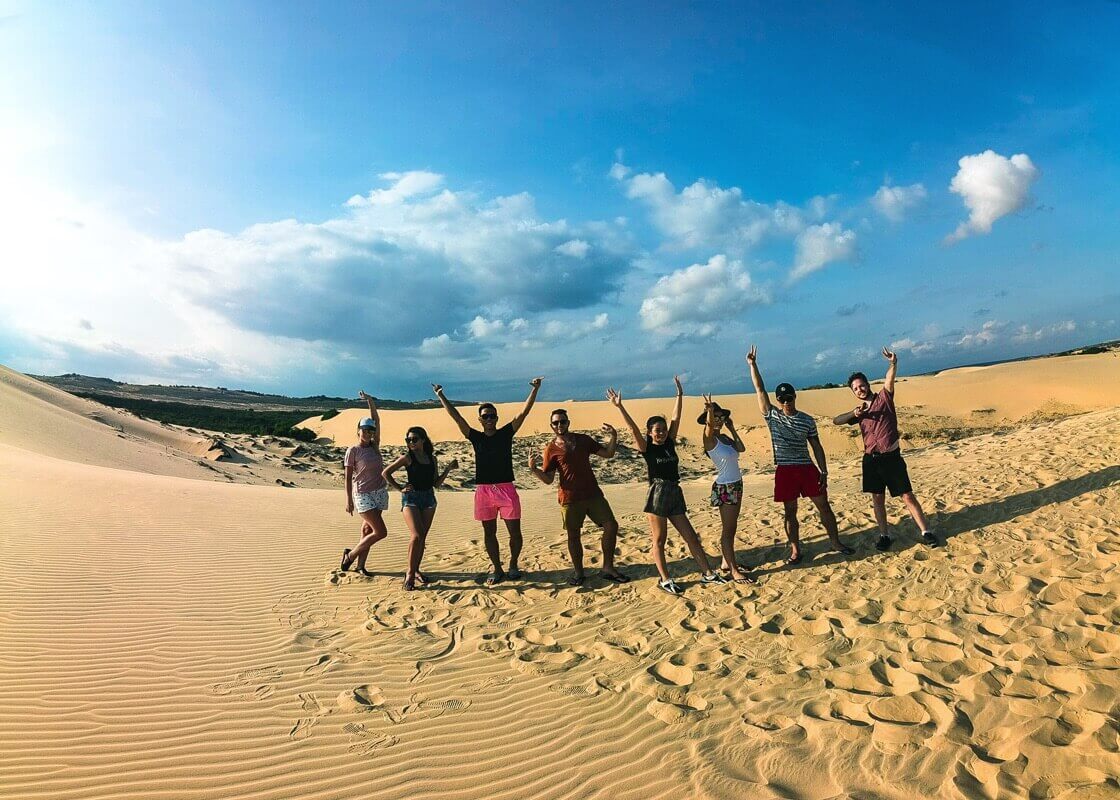
Spark can shoot horizontal and vertical panoramas, automatically aligning the suspension and direction.

The FlightAutonomy system includes a main camera, a visual positional system, a 3D sensor system, dual-band GPS, a high-precession inertia element, and 24 computational cores. With this iron, Spark can “hang” at a height of 30 m, recognize obstacles beyond 5 meters, and make a safe landing.

Like previous models, Spark can automatically return home. If a battery or a weak signal goes down, or you press the Return to Home (RTH) button, Spark will obediently return to the last point, called the house, swayfrom the nets of the guards of the obstacles. Spark scans the surface below for a safe landing.
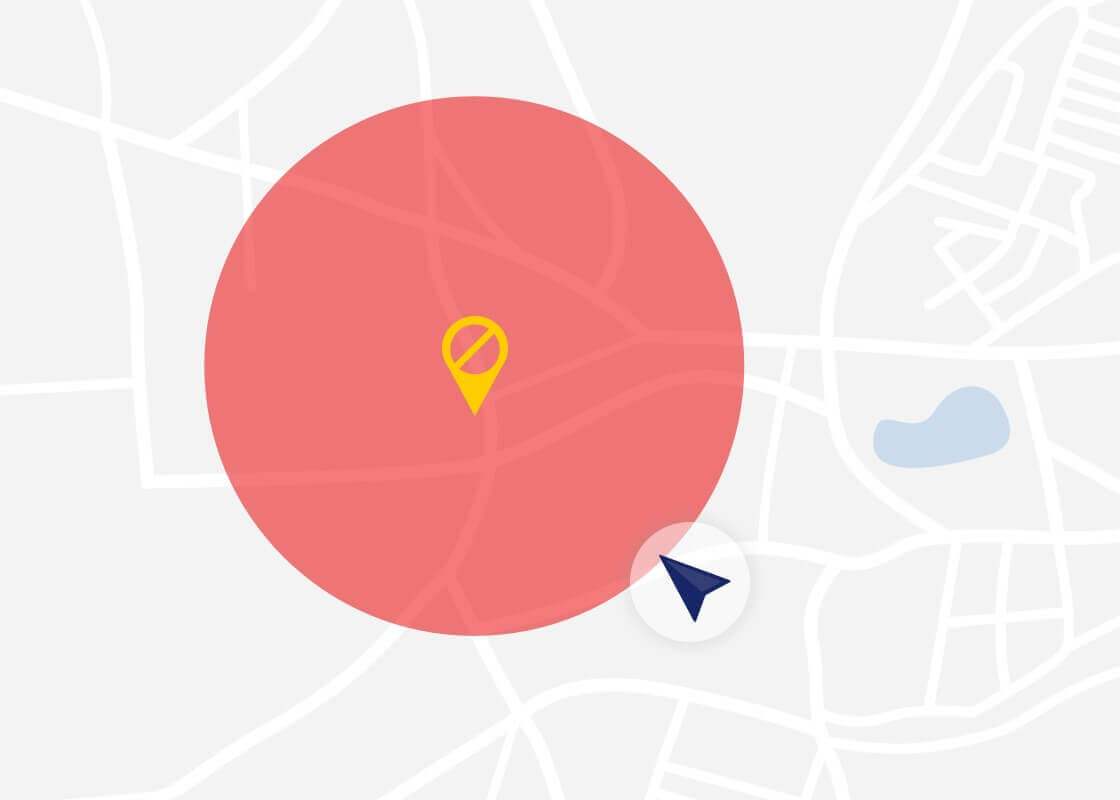
The positioning system lets you know if there is a forbidden zone nearby, for example, theKremlin airport or stadium.
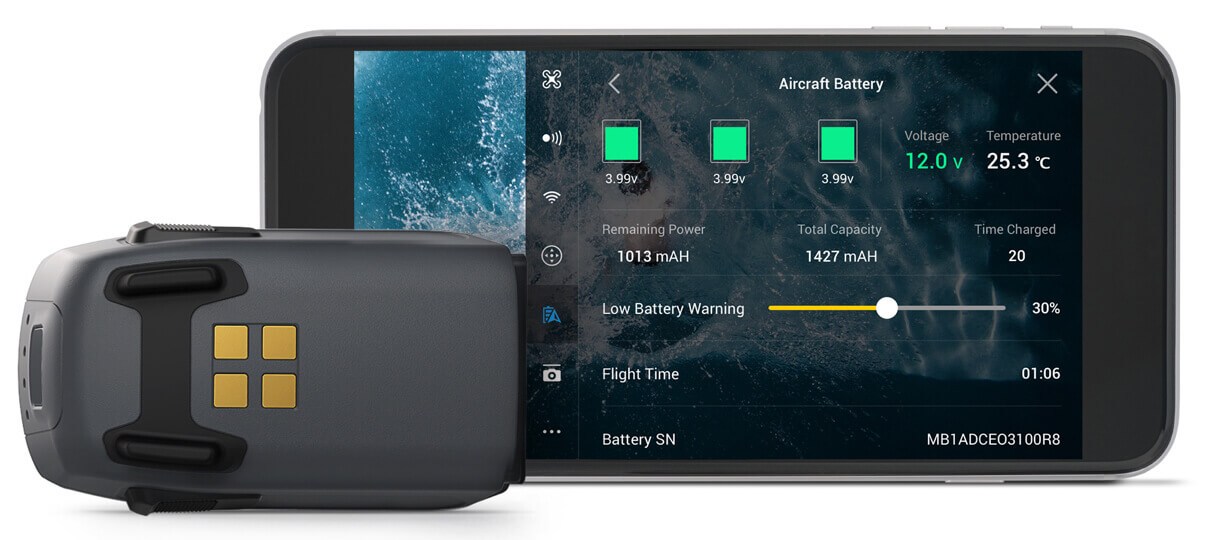
Spark has cool LiPo batteries with 12 intelligent gadgets. Also, smart batteries report how much time is left to fly.
Basic equipment:

Combo:
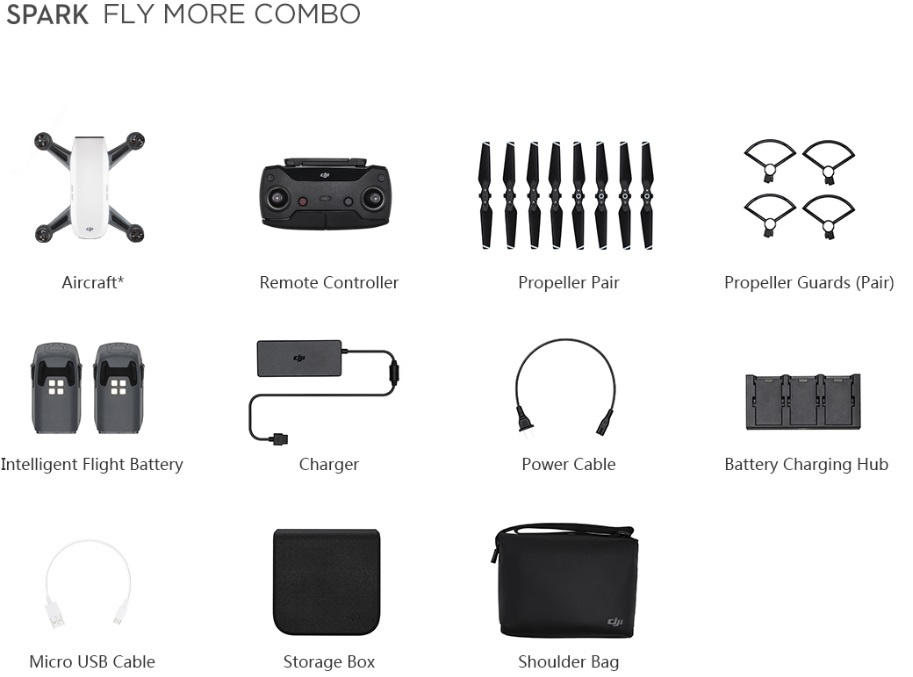
Detailed TTX from the site DJI.
Yesterday, DJI announced a new product - Spark.

')
Short
- 14 centimeters, 300 grams, 15 minutes of flight, 50 km / h, 12 MP, 1 / 2.3 "CMOS, FHD Video: 1920 × 1080 30p.
- Smaller and lighter than the Mavic Pro, but with all the modes of "smart flight", plus the option "QuickShot".
- You can manage from your mobile device by downloading the DJI GO 4 app or use a special remote.
- It can "stream" photos and videos to your mobile phone or save it to an SD card on board.
- Can dodge obstacles for 5 meters before them at speeds up to 3 m / s and fly at winds of 20-28 km / h
- Transmits 720p 30 fps video with a delay of 200 ms. On a mobile phone at an altitude of 50 m, a distance of up to 100 m. If you use a special remote, then up to 2 km.
- Charging from USB for 80 minutes using a special Charging Hub - 52 minutes.
Read more

Intelligent photo / video modes
Quickshot
Making a "professional" installation.
Rocket
The drone takes off, the camera looks down.
Dronie
The camera is fixed on one object, and we fly closer-further.
Circle
Fly around.
Helix
We give away in a spiral.
Tapfly
We poke our fingers at the screen, and the drone executes your orders.
Coordinate

Tap on the screen and the drone flies to that point, keeping the same height.
Direction

The drone flies in the direction you tapped on the screen.
ActiveTrack
Using ActiveTrack, Spark automatically recognizes objects of various shapes and sizes and tracks them.
Trace

Follows the target from the front or from the back or flies around.
Profile

Follows the goal, maintaining a given perspective.
Gesture
Deep learning in gesture recognition allows you to take selfies with a simple wave of your hands. Manage the drone hand movements can be using PalmControl mode. You can forget the mobile phone or remote control at home.
Selfies

Raise your hands, wave your palms, make a frame with your fingers - control the drone and take a photo.
Palmcontrol

Spark will follow your hand movements or sit on your palm.
High-performance camera
Mechanical Gimbal Stabilization

Dual-axis mechanical suspension and UltraSmooth technology reduce jitter and rolling shutter effect (This is the effect of progressively shifting images with horizontal panning associated with progressive reading from CMOS matrices, usually cheap. CCD matrix with full-frame readout and high-quality CMOS do not suffer from this.)
Powerful lens

All images with Spark are sharp and saturated with very little distortion and chromatic aberration. Spark has a camera with a wide-angle optics equivalent to 25mm (at 35mm eq) and f / 2.6 aperture. Five elements in 1 group are enclosed in a single case.
1 / 2.3 "Sensor

A small and compact 1 / 2.3 inch CMOS camera allows you to shoot 1080p video and 12 megapixel photos. Large pixel size allows you to shoot in low light.
Multiple Shooting Modes
Shallowfocus

3D Vision technology allows you to make photos with a shallow depth of field.
Pano

Spark can shoot horizontal and vertical panoramas, automatically aligning the suspension and direction.
Autonomy

The FlightAutonomy system includes a main camera, a visual positional system, a 3D sensor system, dual-band GPS, a high-precession inertia element, and 24 computational cores. With this iron, Spark can “hang” at a height of 30 m, recognize obstacles beyond 5 meters, and make a safe landing.

Like previous models, Spark can automatically return home. If a battery or a weak signal goes down, or you press the Return to Home (RTH) button, Spark will obediently return to the last point, called the house, sway

The positioning system lets you know if there is a forbidden zone nearby, for example, the

Spark has cool LiPo batteries with 12 intelligent gadgets. Also, smart batteries report how much time is left to fly.
Basic equipment:

Combo:

Detailed TTX from the site DJI.
Source: https://habr.com/ru/post/370491/
All Articles